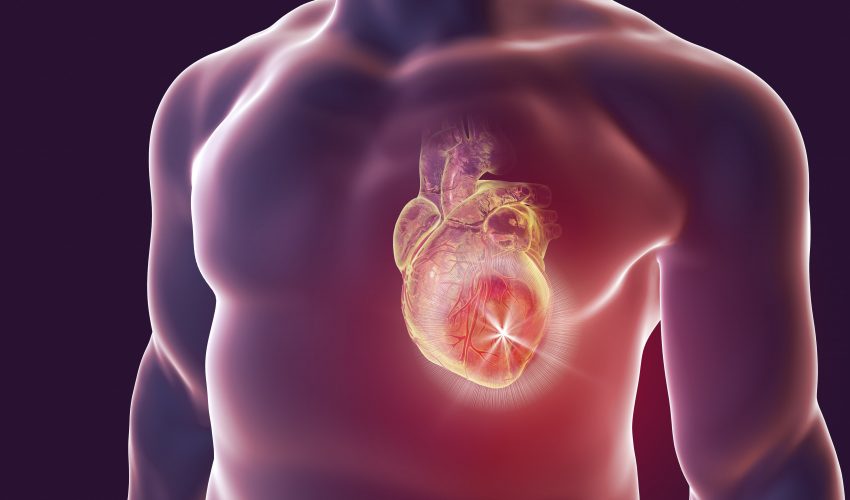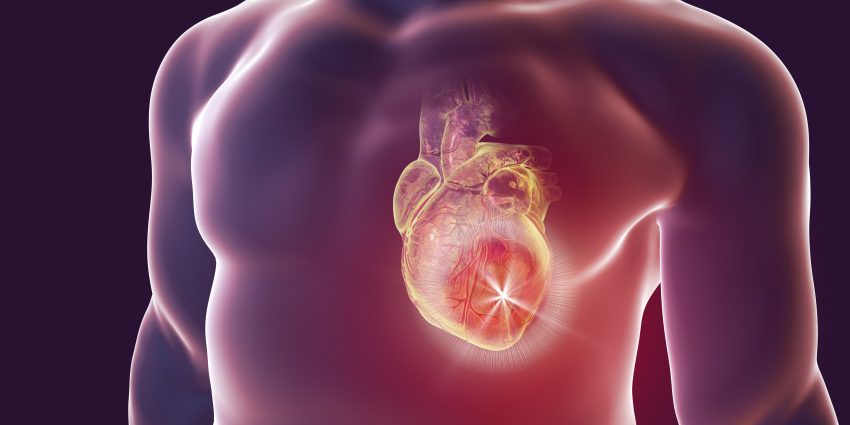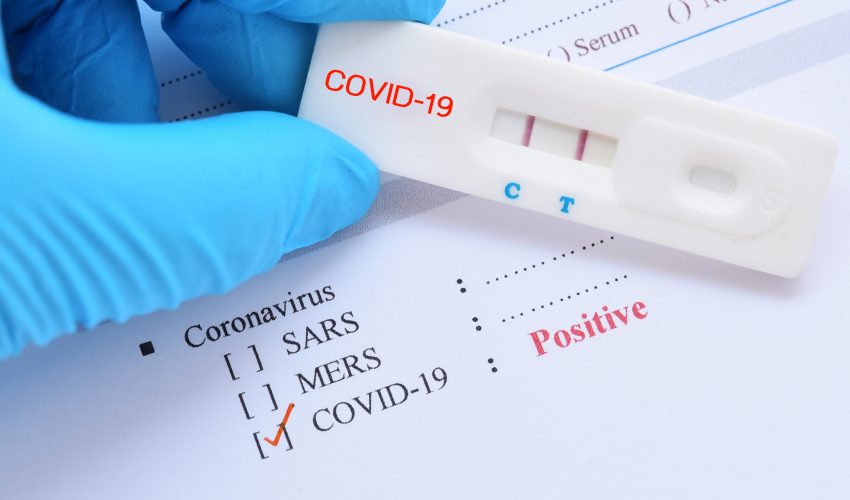Post Views: 2,308
ViewsHere’s Everything You Should Know About Heart Valve Disease
In simple terms, heart valve disease can be defined as the medical condition in which the heart valves don’t work properly. As such, an individual will be said to have a heart valve disease if he/she is having one or more valves not working the way they should. To start with, the human heart has four valves to keep the blood flowing in the right directions.
In some people, one or more of these valves will not open or close normally, thereby, causing the blood-flow through the heart to the body to be disordered. As per the reports from the “American Heart Association”, nearly five million people are identified with a heart valve disease every year. This higher rate makes it almost critical to learn everything that you can about this cardiac disease.
Understanding the Mechanism of Heart Valves:
The valves are found to be present at the exit of each of the four chambers of the heart. They are destined to maintain a one-way flow of the blood through the heart, thereby, ensuring the free flow of the blood in a forward direction, so that there is no backward flow. As such, the blood would flow from the right and left atria into the ventricles via open tricuspid and mitral valves. As soon as the ventricles are filled, these valves will shut, thereby, preventing the backward flow.
As the heart’s ventricles start to contract, the other valves, namely, the pulmonic and aortic valves will be opened and hence, the blood will leave the ventricles through them. As such, the blood from the right ventricle will pass via the pulmonic valve into the pulmonary artery, whereas, the blood from the left ventricle will pass through the aortic valve into the aorta and to the body. And, as and when the ventricles finish the contraction, the pulmonary, as well as aortic valves will close, thereby, backward flow into the ventricles will be prevented. These processes will happen again and again with each and every heartbeat, thus, making blood to flow constantly to the heart and the rest of the body.
Heart Valve Disease Types:
The types of heart valve disease that could occur in an individual are as follows:
Mitral Valve Prolapse:
This, which is otherwise called balloon mitral valve, would occur when the mitral valve of the heart does not close completely. This condition would sometimes cause the blood to flow backward into the left atrium. Although most people with this disorder don’t show any symptoms, the symptoms of the disease could be:
- Palpitation
- Shortness of breath
- Chest pain
- Fatigue
- Cough
The treatment for this disorder will include surgery that aims to repair or replace the mitral valve.
Bicuspid Aortic Valve Disease:
A person is said to have this heart valve disease if he/she is born with the aortic valve with two flaps. In normal conditions, the aortic valve would have three flaps. In the most severe cases, the symptoms can be seen during the childbirth itself. On the other hand, in some people, the symptoms cannot be seen for years. This is because the aortic valve can function for years with the two flaps without showing any symptoms. Therefore, several people with this disorder are not identified with this disease until their adulthood. As such, symptoms for this type of heart disease would include the following:
- Shortness of breath with exertion
- Chest pain
- Dizziness
- Faints
The treatment for this disease would be surgery to repair or replace the valve. Most people are found to have recovered successfully by this treatment.
Valvular Stenosis:
This is the type of heart valve disease that occurs when the valve does not open properly. This means that there isn’t enough blood flowing through the valve. As such, this type of problem can occur in any of the heart valves and may be due to the thickening or stiffening of the heart valves. The symptoms that could be caused by this disease would include:
- Chest pain
- Shortness of breath
- Fatigue and faints
- Dizziness
When it comes to treatment, depending on the severity of the disease, some people may not require treatment. Some other people might need surgery to repair or replace the heart valve. Based on the patient’s age and severity, a valvuloplasty that uses the balloon to inflate the valve may be done.
Valvular Regurgitation:
This, which is known as a “leaky valve”, would occur when any of the valves do not close completely. Thus, it would cause the blood to flow backward. The symptoms of this disease would include:
- Shortness of breath
- Cough
- Fatigue
- Palpitation
- Lightheadedness
- Swelling in the feet and ankles
The treatment of the condition would vary depending on the affected individual. Some of them would just require the condition to be monitored, while some others would need medication to avoid fluid buildup. In some other people, surgery to repair or replace the valve will be needed.
One comment on “Here’s Everything You Should Know About Heart Valve Disease”
Leave a Reply
Here’s Everything You Should Know About Heart Valve Disease
By nurseadvisorofficial
As per the reports from the “American Heart Association”, nearly five million people are identified with a heart valve disease every year. This higher rate makes it almost critical to learn everything that you can about this cardiac disease. Here’s everything that you should know.














Very interesting. Enjoy reading and updating myself